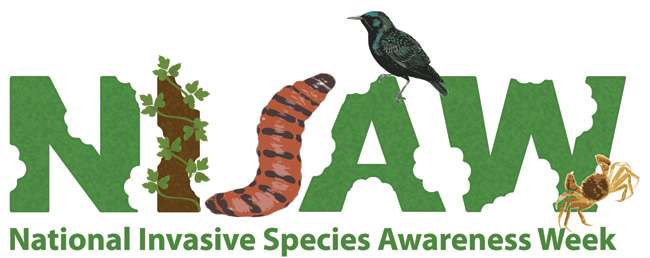
WASHINGTON — As soon as the 2012 Bassmaster Classic comes to a close Feb. 26, the world of bass fishing will turn its attention from the exciting world of competitive fishing to the important work of protecting our waters from invasive species.
The Third Annual National Invasive Species Awareness Week, Feb. 26 to March 3, is made up of activities, briefings and workshops focused on strategizing solutions to prevent the spread of invasive species, to monitor their populations and to manage them at every level, from local to international. The National Invasive Species Council (NISC) hosts the week in the nation’s capital.
For the NISC, invasive species awareness, prevention and management are top-of-mind for 52 weeks per year. The same can be said of B.A.S.S. Conservation Directors, who are always “on” when it comes to ways to protect the resource. In fact, a core group of conservation directors (CDs) make up the Aquatic Nuisance Species team, in which experts from multiple states collaborate on opportunities to stop the invasives invasion.
Keeping Lakes Alive is one of the projects these CDs have been working on. The CDs hail from Colorado, Connecticut, Florida, Louisiana, Maine, Minnesota, Montana, Nevada, Oregon and South Carolina. Keeping Lakes Alive (KLA) is a publication that anglers and tournament organizers alike will find useful.
“We have been gathering and contributing data on zebra and quagga mussels,” explained Chuck Lang, B.A.S.S. Federation Nation Conservation Director for Oregon. “It attempts to answer some basic questions about the invasive mussels, such as ‘What can I do as an angler or event organizer to prevent their spread?’ We are adding a section on the five nastiest aquatic plant invaders as well. As more and more of our efforts are spent in the battle against invasive species, it is clear that prevention is critical until a cure can be found. We are hoping that KLA will make a difference.”
The Aquatic Nuisance Species team doesn’t stop there, though. The battle to stop the invasives is large and looming, including the need to change habits as well as laws.
“We are trying to reduce one of the worst side effects of an invasive infestation — lake closures,” said Lang. “Lake managers block access to lakes when boat inspectors are not present. Dozens of inspectors cannot be at hundreds of waters. We are working with state officials to train and certify volunteers to perform inspections. In some cases, such as Oregon, legislation must be changed.
“In order to prevent the spread of golden algae in West Virginia, CD Jerod Harman is instructing anglers to keep their eyes open for trucks hauling water that may be leaking fracking fluids or attempting illegal dumping,” continued Lang. “In Maine, the stony starwart algae is starting to take over many lakes, and CD Mark Brantmeyer is interviewing biologists and writing articles for the Federation newsletter.”
B.A.S.S. advocates the “clean, drain and dry” approach, whereby anglers remove the possibility of invasive hitchhikers on their boats by cleaning boats between uses on different water bodies.

